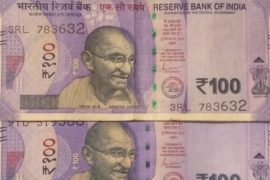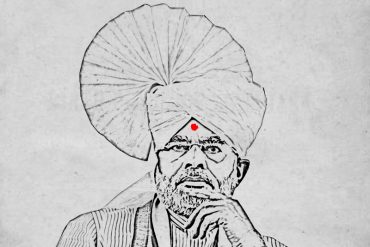One of modern Indian history’s most vexing questions is that of Bhagat Singh’s relationship with the leaders of the Congress, considered to represent the ‘mainstream’ freedom struggle. To call a section of leaders ‘mainstream’ is in itself problematic. It tends to relegate Bhagat Singh’s movement to the fringe. It’s unfair, given that Bhagat Singh captured the public imagination with his actions, arrest, trial and martyrdom. However, the larger question of the relationship between the ‘violent’ and ‘non-violent’ streams of the Indian freedom struggle remains pertinent.
Early on in his career, in 1923, Bhagat Singh had come in contact with Ganesh Shankar Vidyarthi, a well-known Congress leader and trade unionist, in Kanpur. Bhagat Singh, who had fled to Kanpur to resist family pressure to get married, began working for Vidyarthi’s newspaper, Pratap. In due course, Vidyarthi introduced Bhagat Singh to Chandrashekhar Azad. This was perhaps the first instance of Bhagat Singh’s connection to Congress’ approach to the independence struggle.
Five years later, what Bhagat Singh, Sukhdev and Rajguru did on 17 December 1928 was an act of revenge for the British high-handedness against the Congress leader Lala Lajpat Rai. The lathi-charge on Lajpat Rai in October, when he was protesting against the Simon Commission, had claimed his life a few days later.
Lajpat Rai began to gravitate rightward and had started to mouth communal slogans. The young revolutionaries resented it – Bhagat Singh and his comrades expressed it in their pamphlets and articles. But they were convinced that Lajpat Rai was a prominent national leader whose death could not be taken lightly.
Copyright©Madras Courier, All Rights Reserved. You may share using our article tools. Please don't cut articles from madrascourier.com and redistribute by email, post to the web, mobile phone or social media.Please send in your feed back and comments to [email protected]











